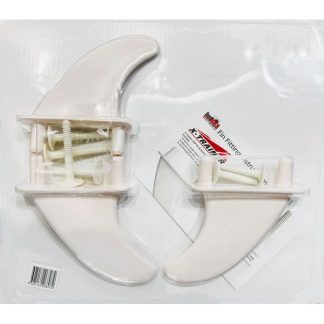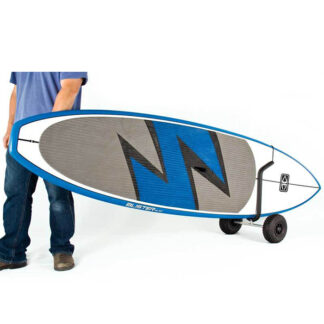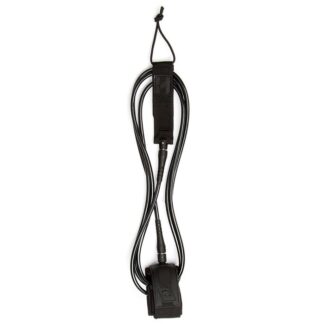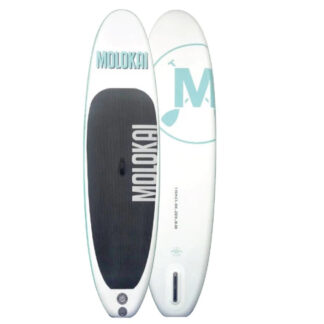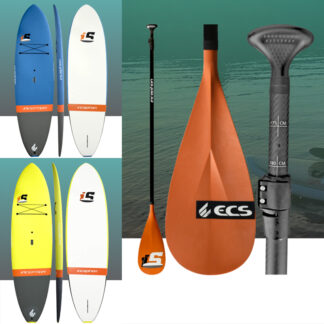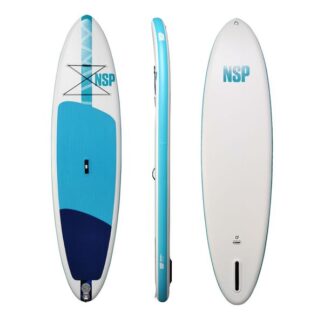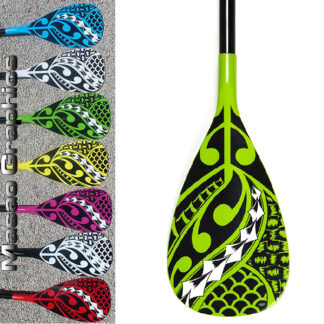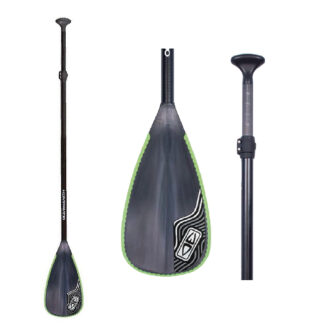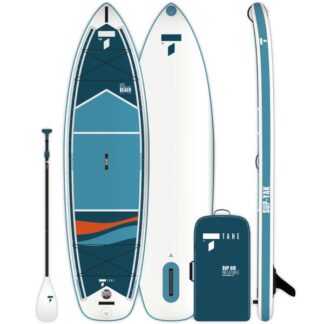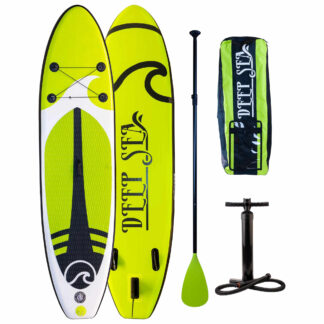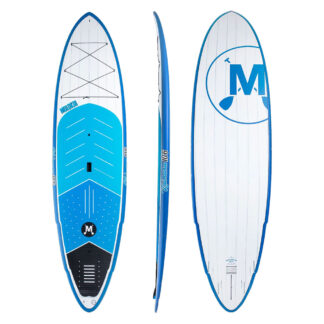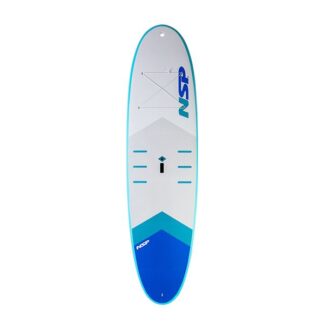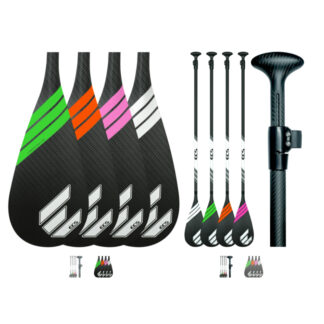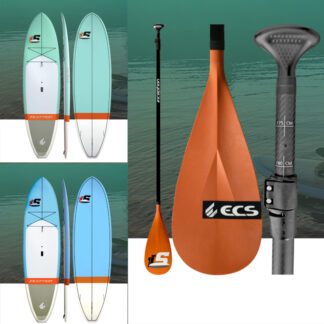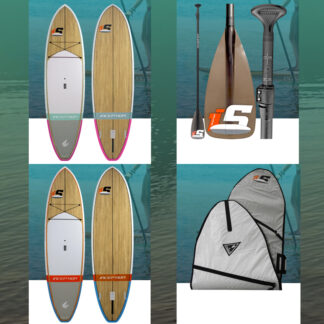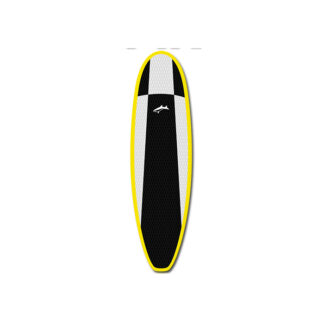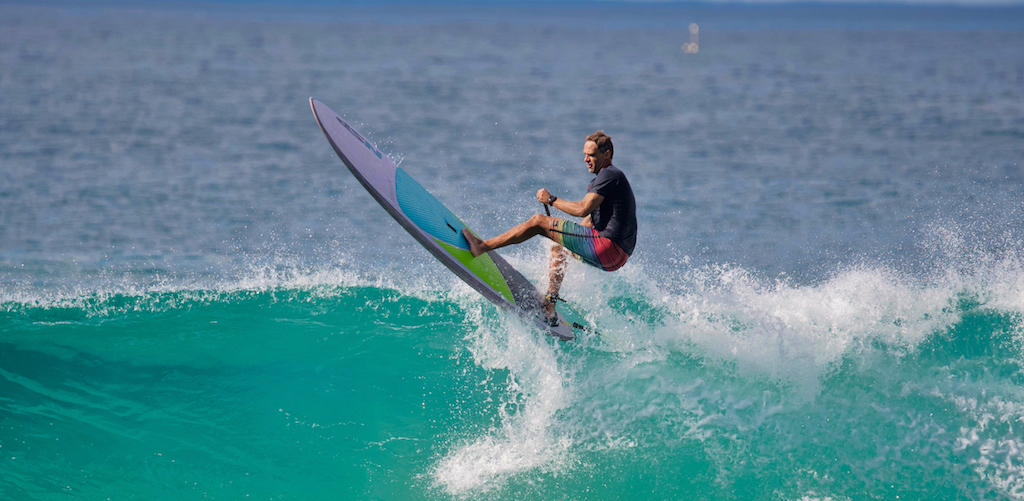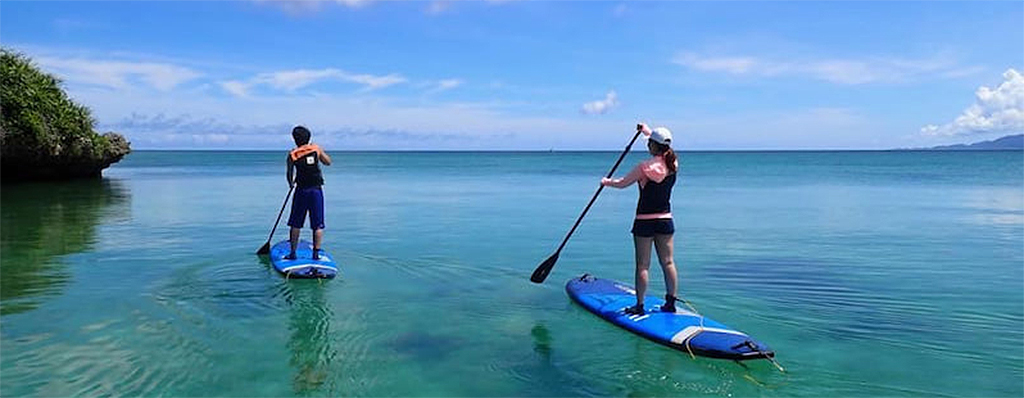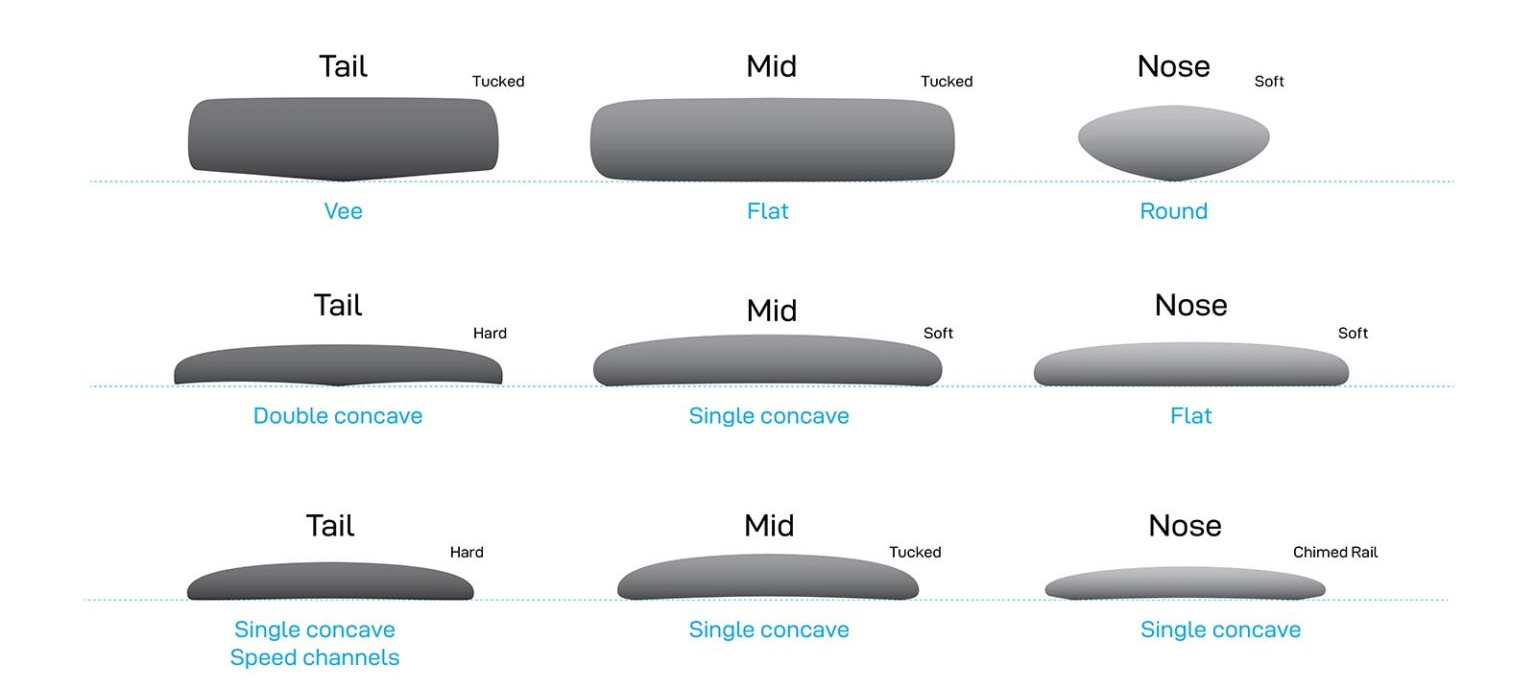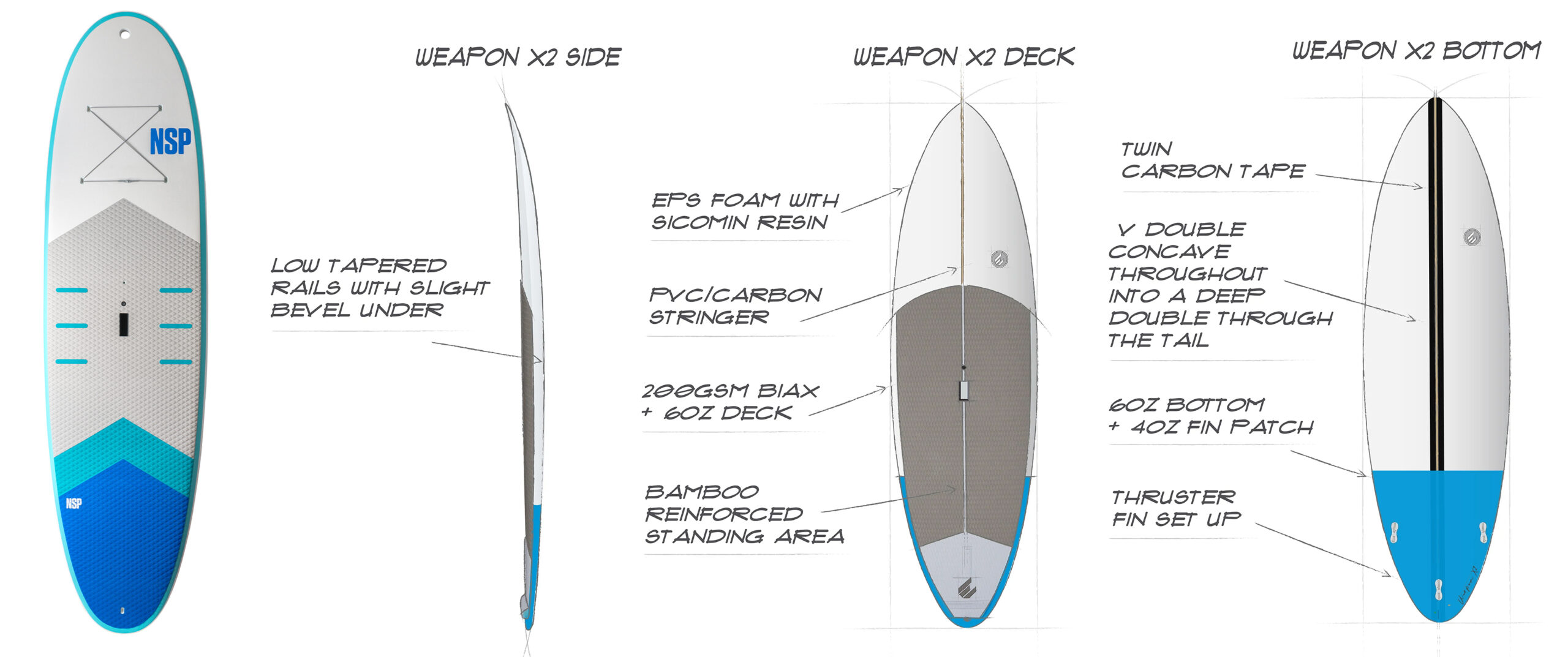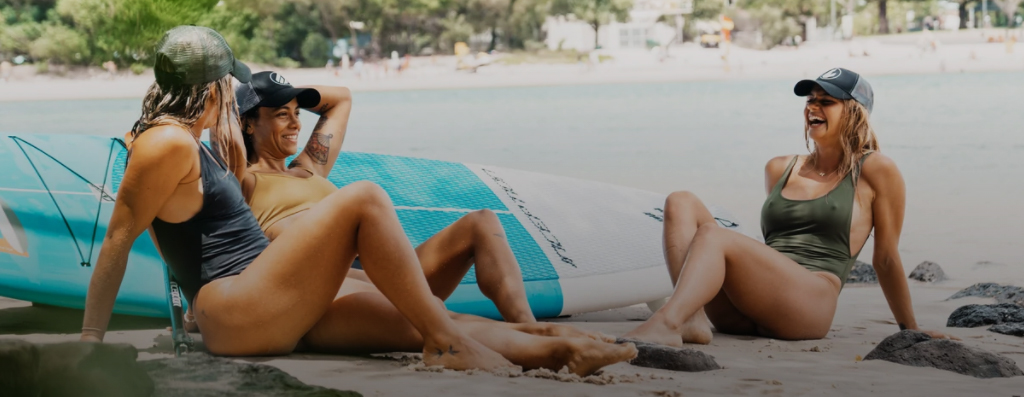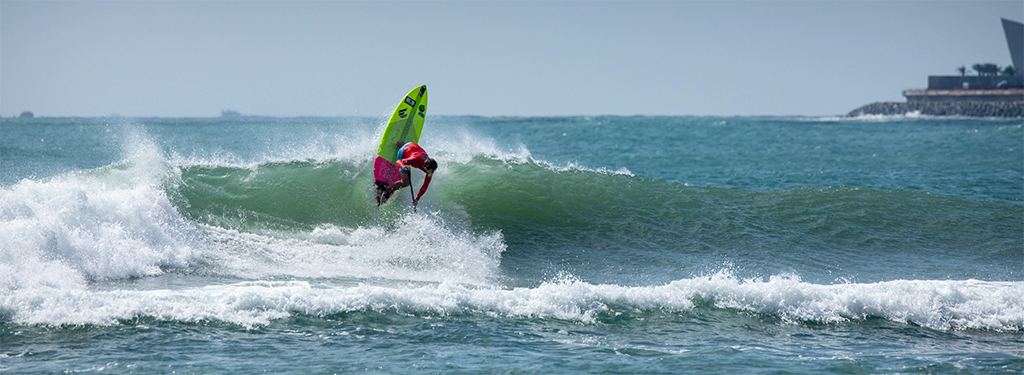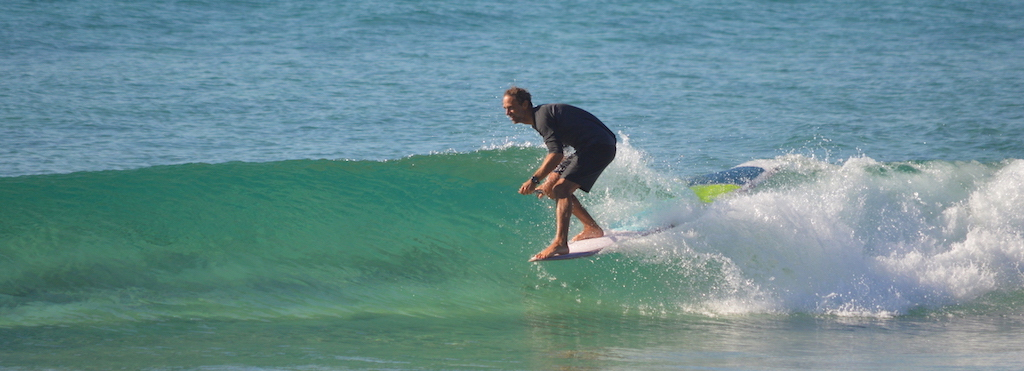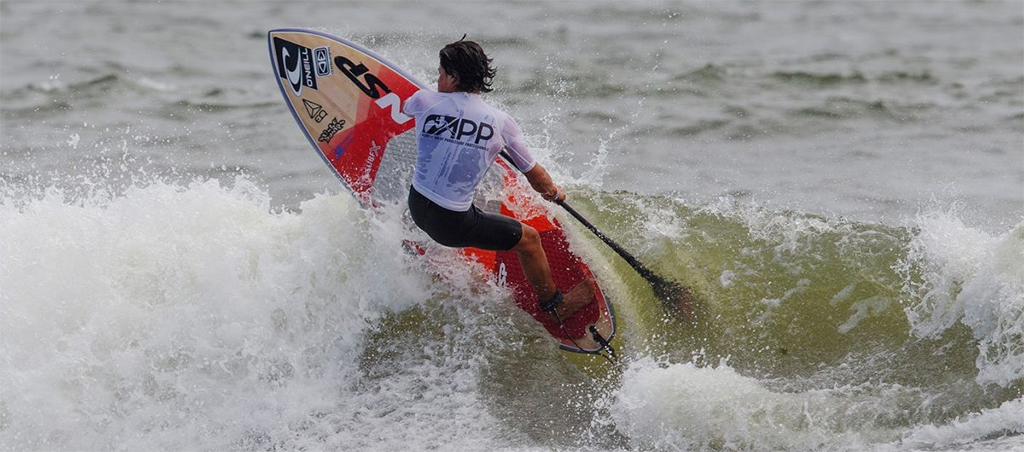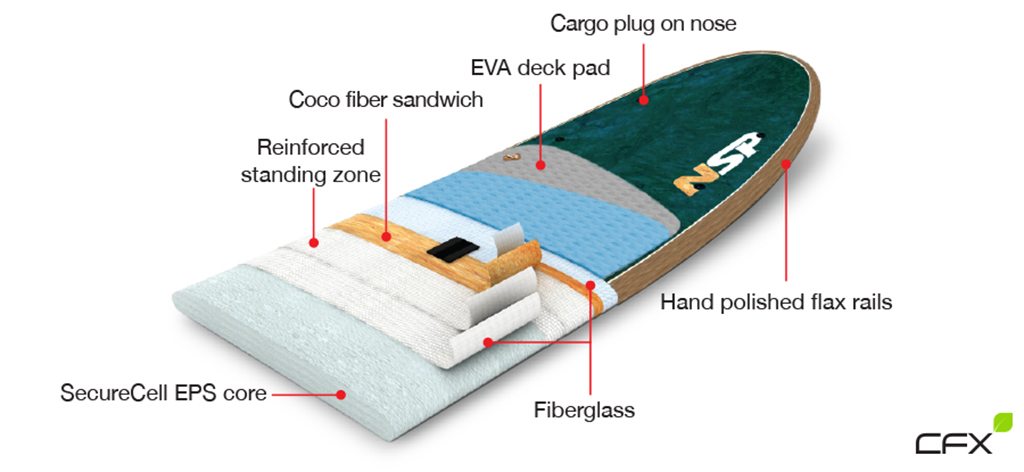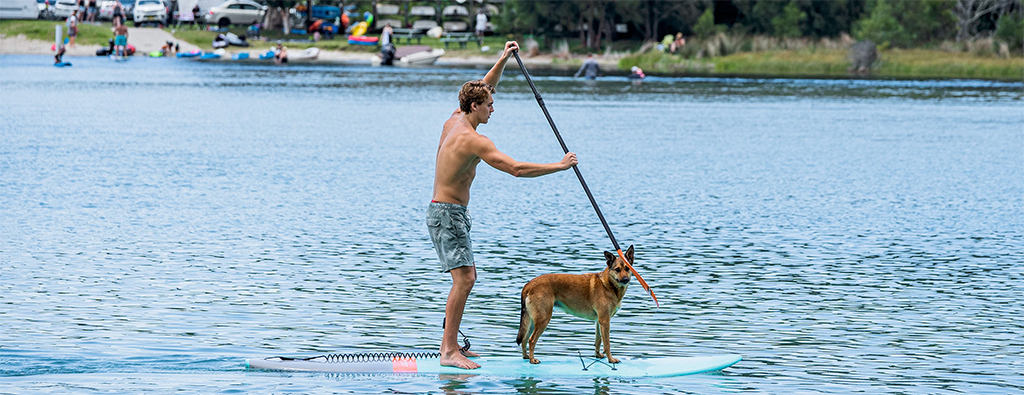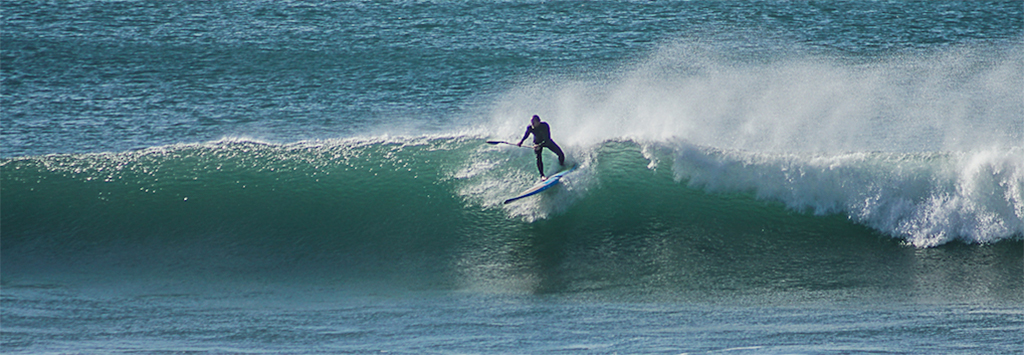Showing 1–16 of 34 resultsSorted by popularity
-
Redback X-Trainer SUP Replacement Fins
$49.95 Add to cart -
Ocean & Earth SUP Trolley
$150.00 Add to cart -
Creatures SUP 10′ Ankle Leash
$59.95 Select options This product has multiple variants. The options may be chosen on the product page -
Molokai Entry Level Inflatable SUP
$549.00 Select options This product has multiple variants. The options may be chosen on the product page -
ECS Inception Soft Top SUP Stand Up Paddle Board
$699.00 Select options This product has multiple variants. The options may be chosen on the product page -
NSP O2 Allrounder LT Inflatable SUP
$899.00 Select options This product has multiple variants. The options may be chosen on the product page -
Jimmy Lewis Signature Masao SUP Paddle
$299.00 Read more -
Ocean & Earth Adjustable Kids SUP Paddle
$140.00 Read more -
Tahe Beach SUP-YAK
$799.00 Select options This product has multiple variants. The options may be chosen on the product page -
Nordic Surf Co 10′ SUP
$1,050.00 Read more -
Molokai Kaimana SUP
$899.00 Select options This product has multiple variants. The options may be chosen on the product page -
NSP HIT Cruise SUP
$1,399.00 – $1,449.00 Select options This product has multiple variants. The options may be chosen on the product page -
ECS Adjustible Carbon SUP Paddle
$249.00 Select options This product has multiple variants. The options may be chosen on the product page -
ECS Inception SUP Stand Up Paddle Board Painted
$899.00 Select options This product has multiple variants. The options may be chosen on the product page -
ECS Inception SUP Stand Up Paddle Board Wood
$1,199.00 Select options This product has multiple variants. The options may be chosen on the product page -
Jimmy Lewis Striker SUP
$2,195.00 Read more
Showing 1–16 of 34 resultsSorted by popularity
SUP Stand Up Paddle Boards
SUP Stand Up Paddle boards open up a whole new world of water experience for you. From carving waves to enjoying nature’s incredible environs. Above the NSP SLX DC Super X and below the NSP P2 Soft Cruise
SUP Stand Up Paddle Boards open up a world of surf options for you. You’ve got flatwater SUPing great for everything from fitness to exploring idyllic locales. Surf SUPing gives you all the excitement of surfing taking on small and big waves. You can surf SUP with old school style or doing big moves like those of a Shortboard. For each aspect of your SUPing there’s board designs to give you the best experience from fun to hard core performance.
Different & The Same

Above, Stand Up Paddle Boards come in a very wide range of designs optimised for your SUP experience. There’s flatwater, surf, racing and tour, exercise, and inflatable designs. It’s important to get the right design to match your body type and your desired SUP experience. A flatwater SUP will not be fun out in solid surf. A touring SUP isn’t a good first choice for a Beginner looking for a stable easy rider. Below, both these SUPs have almost identical outlines and volumes and they look very similar. Yet one is optimised for flatwater the other for all round surfing. Can you tell which is which? Check your answer in the section below

There are very different designs across the range of SUP Stand Up Paddle Boards. Designs are optimised to give you great performance for your individual SUP experience. For example if you want to SUP on flatwater, wider thicker boards are stable and give great paddling. Longer thinner designs with pointed noses give you higher speed on flat water and across small waves, yet are a little less stable so more challenging. Shorter SUPs with surfboard type shapes, with pointy noses and tails, are good for surfing.
It can get confusing though, as while there’s lots of differences across SUP designs, there’s also boards that look the same yet are optimised differently. So if you’re after a board to give you your best SUP experience it’s important to get the right design board. While the outline of the boards, looking at the board from the top, may be very similar, and the dimensions and volume similar, there’s a critical board aspect that you have to identify and consider.
SUP Rocker – Bottom Curve

SUPs can have similarities in their outline, thickness and volume. However it’s the rocker of your SUP that is the key determinant in its performance. Can you tell which of the above SUP Stand Up Paddle Boards is optimised for flatwater and which is for surf? The top side views show the board’s rocker. The board on the left has a flat rocker and is for flatwater. The board on the right is for surf and has a lot more rocker. The boards are the NSP HIT Cruiser and the NSP Elements Cruise
The rocker or bottom curve is the curve of the bottom of your board from nose to tail. Rocker determines how your board will perform across flatwater and surf conditions. Generally, flatter rockers go better in flatwater. Curvy rockers go better in the surf.
So surf SUP Stand Up Paddle Boards have quite a lot of rocker curve compared to that of flatwater SUPs where there’s only a little curve at the nose and tail.
Let’s consider your experience on your SUP in the surf. On the wave rocker gives you the ability to turn your board. You need to turn your board as the wave is constantly changing.
For example as you glide down the wave at takeoff you’ll need to do a bottom turn so as not to keep going straight ending your ride prematurely. From your bottom turn you’ll start going up the wave and you’ll need to then do a top turn to go back down the wave. Before reaching the wave bottom a mid turn will set your trim to cruise along the wave. If the wave starts to slow or fill up you turn back toward the breaking wave to get more power.
So there’s a lot of turning going on and rocker is vital for turning.
More Than It Looks

Check the rocker in these two boards. Top, the NSP Elements Flatwater. Bottom, the NSP Elements Allrounder for surf. Note how the bottom surf SUP has a lot more rocker in the nose and tail. This gives good turning. The flatwater board in comparison has a very low nose rocker optimised for speed
Rocker is a design & art form to match water and wave conditions. Not all rockers work equally well.
For example, rocker is good for surf yet too much rocker in your surf SUP will make it twist from side to side. Paddling out and on the wave it will be slow, the board pushing water. Similarly not all flat rockers work. While flat rockers are generally faster, if your board is too flat it will suck to the water, making it slow.
In-store we have a comprehensive range of SUP Stand Up Paddle Boards you can see and feel and check their rocker. Depending on your physical characteristics and how you want to surf we can match the best SUP rocker to your SUP experience.
Other board mechanics also depend on rocker. For example the nose of your surf SUP has to have the right rocker. If too flat then at takeoff it will dig into the wave and nose dive giving you a wipeout. The tail of your surf SUP also needs extra rocker as it helps your SUP stick in the wave giving you control. Rather than you being pushed by the wave in a straight direction.
Other Design Attributes
Bottom Shape
A series of bottom shapes . The top layer is from the NSP Elements Flatwater. Note: the nose bottom shape is designed as a round bow to go through small waves and chop for high speed; the middle is flat; the tail has a vee. This vee helps the board turn when there isn’t much rocker. By comparison the bottom board is the NSP SLX DC SUPER X, a surf SUP. It has a single concave running throughout, giving great speed. The middle board, the Elements Allrounder, has a combination with a: flat; to concave; to double concave bottom shape. Note also the different rails between boards. The flatwater SUP is super square and chunky
Not to be confused with bottom curve ie rocker, bottom shape describes the shape of the bottom of your board. It’s not quite as important as rocker, yet does impact performance.
Bottom shape is referred to with a single and-or multiple reference. For example you can have a SUP with a flat bottom. This means that if you place a ruler across your board bottom it will sit flat. You can have a SUP with a single concave running down the board. This means the ruler will have empty space beneath it, the ruler only touching your board bottom on the edges. This concave bottom shape is said to give speed. You can also have a SUP with a double concave, two channels running down the board. So the ruler will touch the board at the sides and in the middle. This shape is said to give speed in small waves. A vee bottom is where the ruler will touch your board in the middle but not on the sides. The vee is good for longer drawn out turns.
So your SUP bottom shape can be described in terms of flat, concave, double concave, or vee bottom. These bottom shapes can also be used in combination so your SUP can have a flat front, a single concave through the middle and double concave with vee through the tail.
Bottom shapes are added to give speed and control, and ideally enhance your SUP’s rocker to give even greater performance.
Nose, Tail Width & Rails
On the left is a Beginner flatwater SUP. On the right a high performance surf SUP. The points identify some of the differences. ‘Low tapered rails’ are identified as a key aspect for a high performance surf SUP. This is something that’s impossible to determine online yet greatly impacts your board’s speed and responsiveness. Also check the marked differences in nose and tail width between the boards. These changes add great performance, however they decrease stability and ease of ride
Nose and tail width, and rail shape play a part in your SUP experience, in the differences between a flatwater and surf SUPs.
Less width in the nose and tail, along with less overall thickness, make your board responsive. This isn’t so good if you’re a Beginner trying to keep your balance. It is good if you’re wanting to carve your SUP off the bottom and top in big surf moves.
Rails are an area where small changes, of around 5mm, can affect the responsiveness of your board. Thicker rails give a lot of stability. However thicker rails are slower on the wave and give less responsiveness and bite. You need bite to be able to push your board into surf turns.
Matching Your SUP to You
Flatwater
Your SUP can open up a whole new realm of activities and experiences for you and mates
If you’re looking for a flatwater SUP let’s check your options.
Above are 2 great Beginner and fun flatwater boards. Both are designed for maximum stability. The board on the left has the entire deck construction out of soft foam, it’s a soft top SUP. The board on the right has grip over the entire deck. So both provide a soft cushy surface. Both are wide through the middle giving you stability, and this is carried through most of the board. On the left the ECS Inception Soft Top has the nose pulled in yet it’s still wide. A narrower tail helps do turns. On the right the NSP HIT Cruiser is wide throughout with a slight narrowing at the tail
For the flattest of flat water there’s an exercise SUP designed to give you stability. As you stretch and move, your SUP will be a good stable platform. It will also paddle well on flat water. So it’s a great Beginner option.
Both these Touring boards are optimised for high speed flatwater or small ocean waves – not riding the ocean waves but open ocean paddling. Note both have very narrow noses which lessens stability. They also have bows that slice through the water and any wave chop. Their bottoms are rounded giving speed. The boards have a wider flatter area where you stand and this aids stability while still giving high speed paddling. Left, the ECS Wanderer. Right, the NSP Elements Flatwater
As you progress you may want to increase your flatwater speed, to use your SUP to explore and tour locations. In this case SUP board design trades off stability for speed in a specific design called a Tourer. Your SUP bottom can be rounded and the nose have a bow. These design features giving you a lot of speed. These touring SUPs can also be used in the ocean, but not for catching waves.
Surf
This pic gives some indication of what’s possible on a dedicated high performance surf SUP. Surfing critically hitting the lip indicates this boards has speed and is very responsive. Note how the rider is pivoting around his paddle. The board is the ECS Weapon X2
In the surf you can start with a SUP that gives you great stability along with paddling and the ability to get out through the break and get over waves. Once out the back good paddling will help you catch waves.
Above, SUP Stand Up Paddle Boards optimised for surf. These look like larger versions of surfboards. Their rockers optimised for lots of turning on waves. Below, two dedicated surf SUP boards. Both have similar shapes being smaller so easier to fit in and throw around on the wave. On the left the NSP DC Elements Surf SUP has a fuller yet rounded outline. So you get good stability and floatation. The nose is quite full giving stability, the tail narrowing quickly to give you good turning. This is a great board to transition from a Beginner SUP to surf. On the right the ECS Weapon X2 is designed like a surfboard and surf’s like a Shortboard. It’s lean and narrow so doesn’t have much float and is super responsive. It will give you great surfing though requires a lot of input
There are transition SUP Stand Up Paddle Boards that will help you move towards smaller boards, with less area in the nose and tail and overall.
For hard core surf SUPing there’s high performance boards that trade off stability and floatation for speed and responsiveness. You can do fast carving turns, throwing your board over sections, even getting barrels. Riding this type of board though is challenging as it needs to be constantly kept in motion otherwise it will start to go underwater.
Longboard vs Shortboard Style
Above, you can cruise on your SUP as on an old school longboard. Drawing out smooth turns and hanging five as on this NSP SLX DC Super X. Below, you can also charge gouging power turns even in small waves as on this NSP SLX DC X
SUP Stand Up Paddle Boards can also mirror the surfing experience between Longboard and Shortboard surfboards. If you want more a cruising old school style of SUPing in the surf there are SUPs that are designed to give you this. Similarly if you want to charge big surf moves there’s SUPs designed for that performance too.
Construction
SUPs have evolved to offer two main types of construction.
There’s high tech laminates processes that use a buoyant EPS stype foam as the core. Over this multiple layers of exotic materials are added to give mixtures of flex and stiffness, performance and durability.
NSP use a coco fibre mat on the deck and flax rails. These are natural fibres giving your board ‘green’ roots. ECS use bamboo extensively across most of their boards.
Their high performance Weapon model uses the second style of construction that is more like a traditional surfboard. There’s still the foam core yet there’s not as many, nor as exotic, laminates used. Construction is typically epoxy as this gives you a great strength to weight response. For high performance surf SUPing you want as much performance and less weight.
NSP SUP construction uses coco mat and flax fibre along with exotic laminates and a moulded foam core
Your SUP
Whether it’s flatwater paddling with a mate or riding great waves, we have your SUP experience covered
Whether it’s flatwater, touring, Beginner or Advanced surf SUPing, we have the SUP Stand Up Paddle Boards for you to start your SUP riding and progress as far as you want to go.


